Descripción
El enfoque de la serie Beer and Johnston ha sido apreciado por cientos de miles de estudiantes durante décadas de educación en ingeniería. Manteniendo la metodología y la pedagogía comprobadas de la serie Beer and Johnson, Estática y mecánica de materiales combina la teoría y la aplicación detrás de estos dos temas en un texto cohesivo que se enfoca en enseñar a los estudiantes a analizar problemas de una manera simple y lógica y, luego, a usar principios fundamentales y bien entendidos en la solución.
La adición de estudios de casos basados en problemas de ingeniería del mundo real proporciona a los estudiantes una aplicación inmediata de la teoría. Una gran cantidad de problemas, los problemas de muestra distintivos de Beer y Johnston, y valiosas secciones de revisión y resumen al final de cada capítulo, resaltan la pedagogía clave del texto.
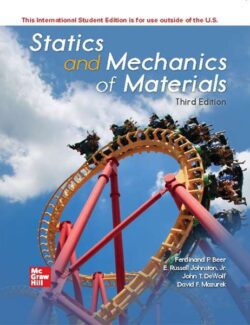



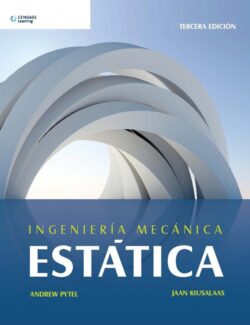
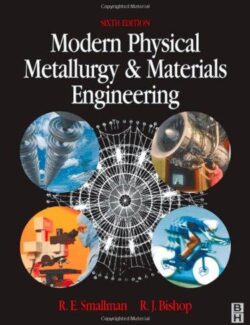
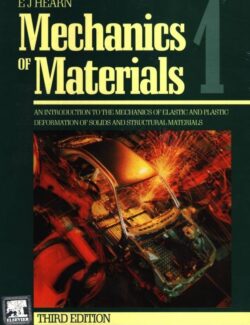
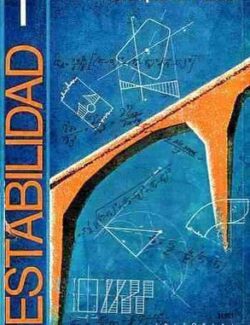
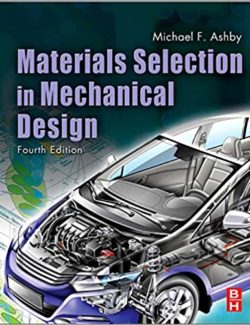
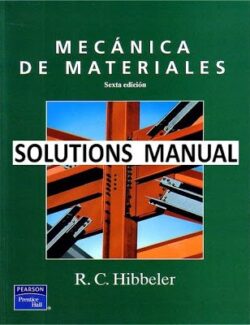
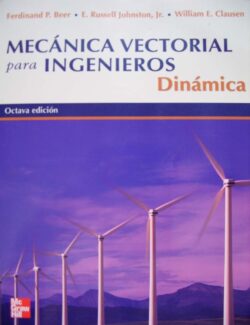
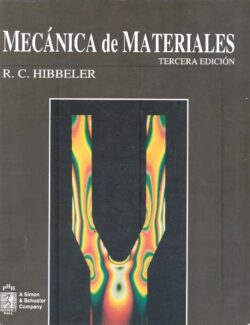

Déjanos un comentario
No hay comentarios